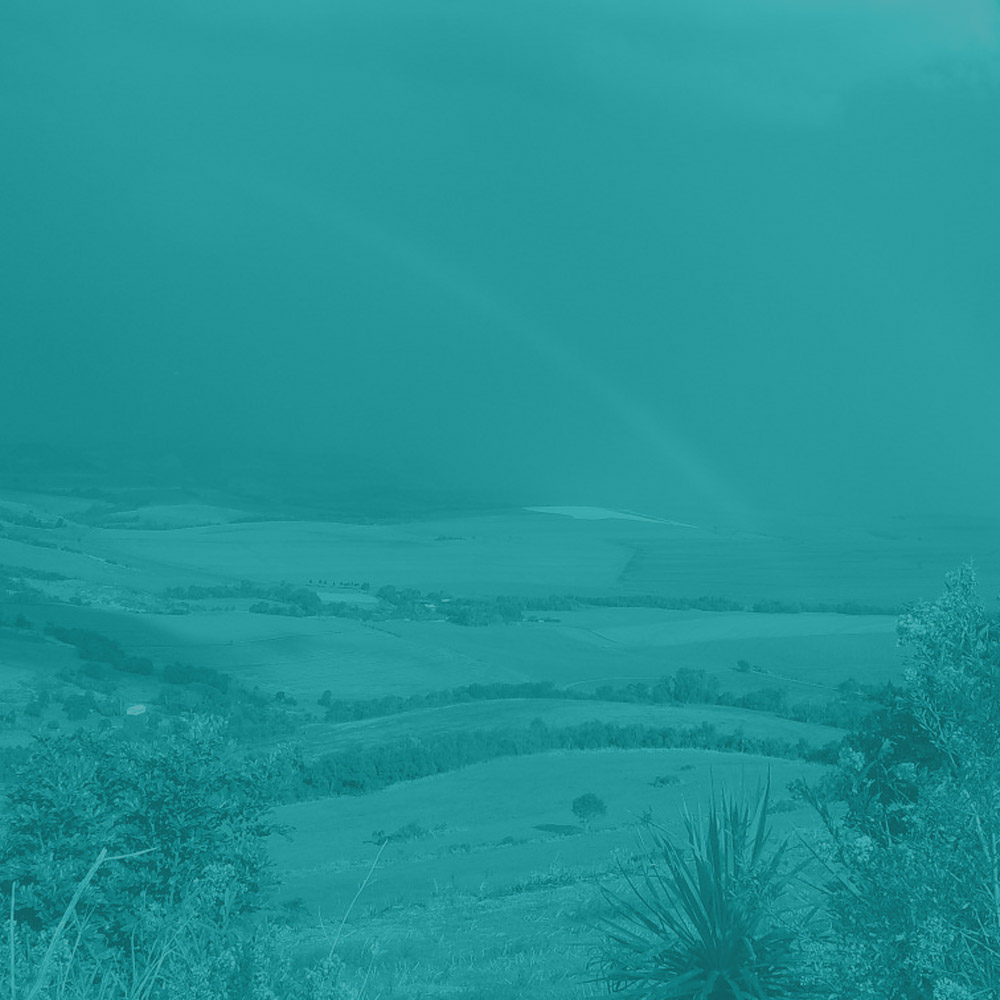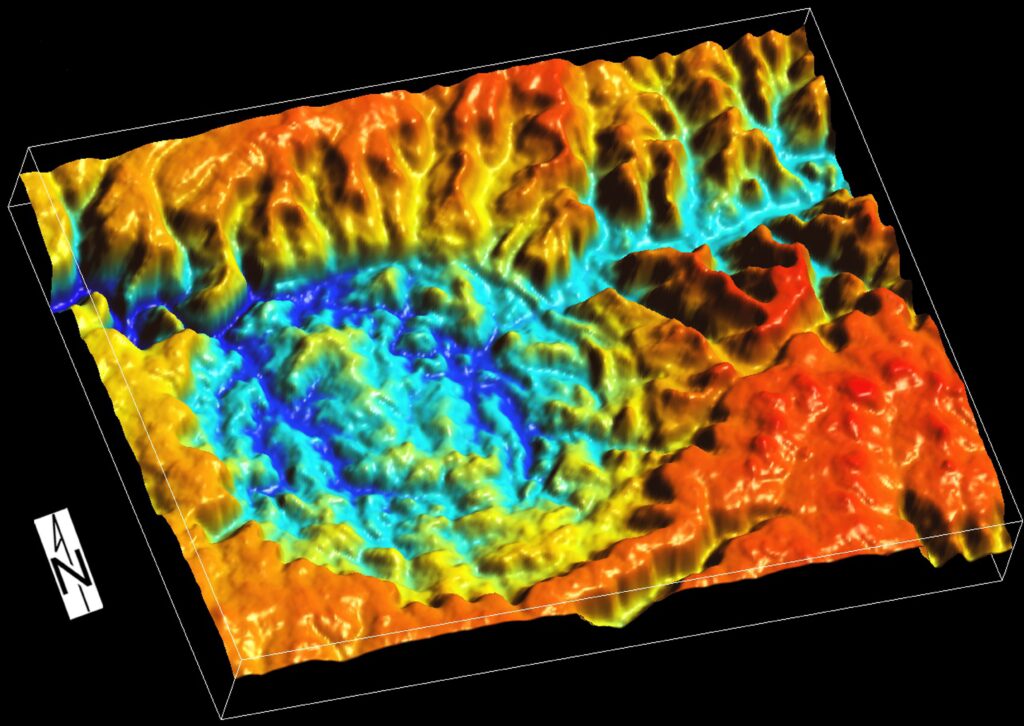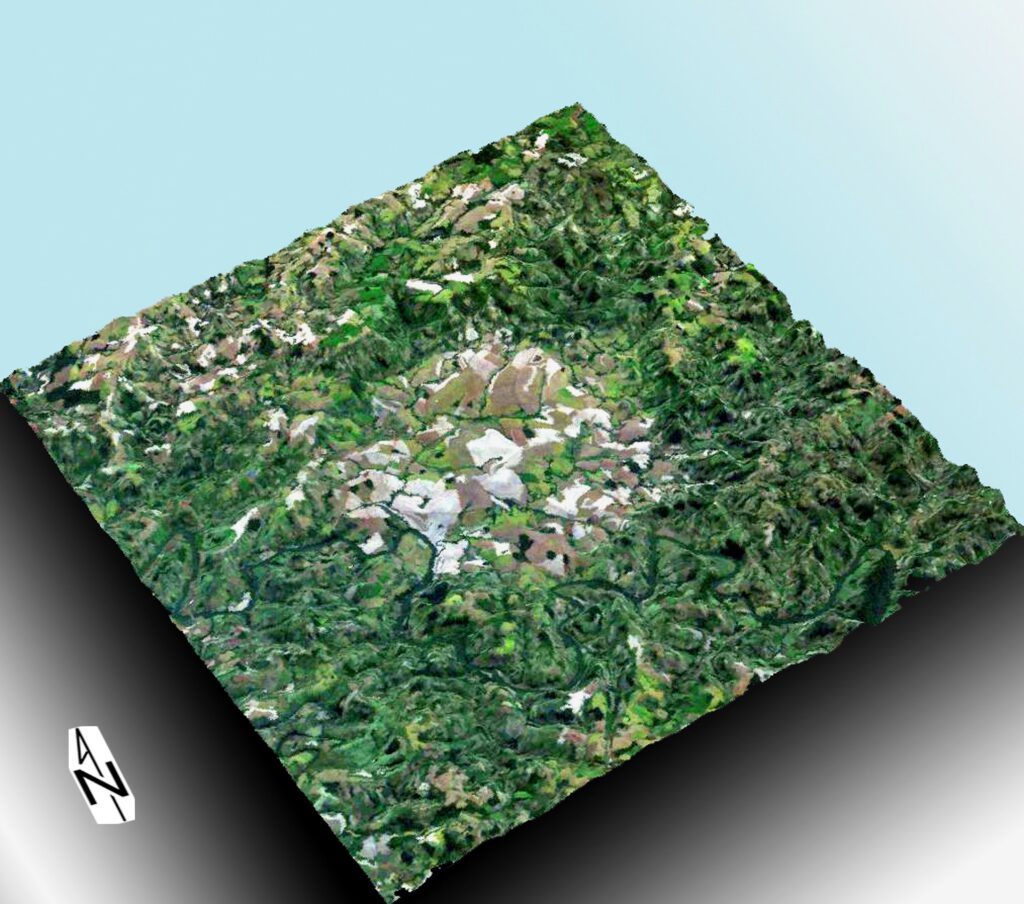Field trip
(post-Workshop)

A post-conference field trip will be conducted to visit two impact structures in southern Brazil from June 29th to July 2nd.
The Vargeão and Vista Alegre structures were both formed in volcanic (basaltic) target rocks and are among the rare geological structure of this type known on Earth. They represent important planetary analogues to investigate impact processes in rocky bodies such as Mars, Venus and the Moon.

Vargeão Crater
The trip
Arrangements for the trip (flight bookings, hotel reservations, transportation, etc.) for all participants will be done by the organizers for the entire group. The costs for the trip (except air travel) will be shared among participants and are not included in the workshop registration. Air travel costs will be handled separately, as participants may want to have different itineraries and schedules on the return trip to either, São Paulo or Campinas.
Estimated costs per person for the field trip are ca. USD 320 (accommodation, meals and local transportation) and ca. USD 330 for air travel. These costs may vary according to the number of participants in the trip and the exchange rate. Sharing a hotel room with another participant during the trip will slightly reduce the total cost.
Field trip itinerary
June 28th
(late afternoon)
Depart Campinas Airport to Chapecó
June 29th
Visit to Vargeão crater
June 30th
Continue the visit to Vargeão crater / bus/van trip to Coronel Vivida
July 1st
Visit to Vista Alegre crater
July 2nd
Bus/van trip to Foz do Iguaçu (departure from Iguaçu Airport to São Paulo Airport)
July 3rd
Visit to Iguaçu Falls (optional, not included in the field trip schedule)

Vista Alegre Crater
The field trip schedule will end at Iguaçu Falls on July 2nd, with arrival time there estimated at noon. As there are many choices of daily flights from Iguaçu Airport to São Paulo, it will be possible to depart from there and arrive in São Paulo on time to catch a night flight to your destination. In order to allow that, try to book a late night return flight. Alternatively, one can spend the night at a hotel near the GRU Airport and catch an early morning flight.
For those planning to stay in Iguaçu to visit the falls, one of the largest and most scenic falls in the world (a highly recommended option), this could be done in 1 or 2 days.
A local travel agent will handle flight bookings in Brazil for the field trip, considering their respective return flights from São Paulo to their places of origin. Participants will be able to pay directly to the travel agent for their tickets using international credit cards.
Those staying at Foz do Iguaçu after the field trip should do their own hotel reservations at that location, as these arrangements will not be done by the organizers. As a top-ranking touristic destination, the city of Foz do Iguaçu has a wide range of hotel in all categories. More information on https://www.destino.foz.br/turismo-em-foz-do-iguacu/
Weather and terrain conditions
The weather for June/July in the region should be mostly dry, with mild temperatures in the range between 12 and 24 degrees C. Winter conditions usually comprise cool mornings and warm afternoons. Slightly cooler conditions may eventually happen at this time of the year, extending for no longer that 2-3 days.
Most of the trip will be done by driving, with short walks on easy terrain (mostly agricultural lands). Light trekking boots/shoes and regular field/trekking clothes are suggested. Bringing a rain jacket is recommended. Winter in the region coincides with the dry season. Sunscreen lotion and insect repellent are recommended.

